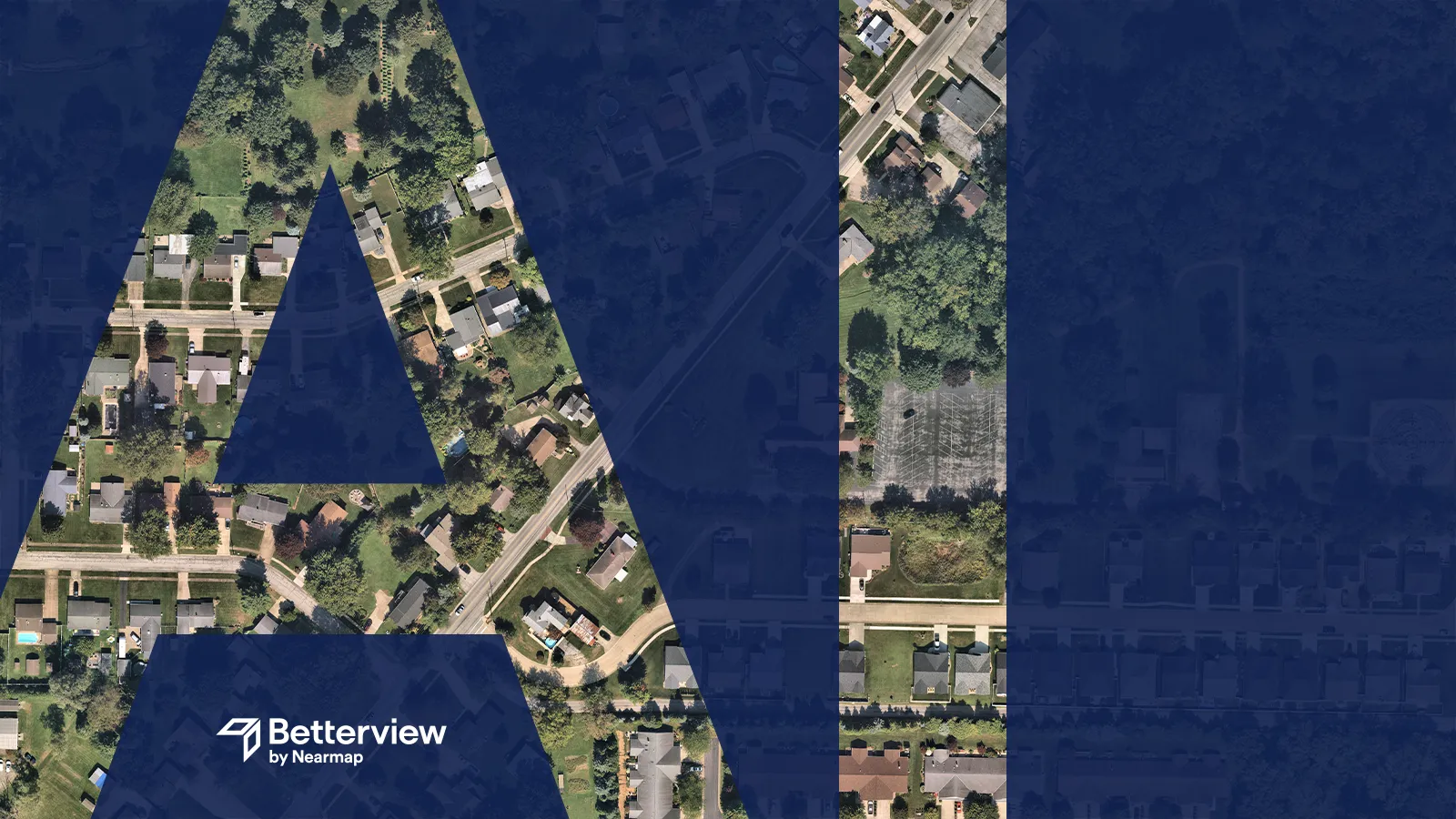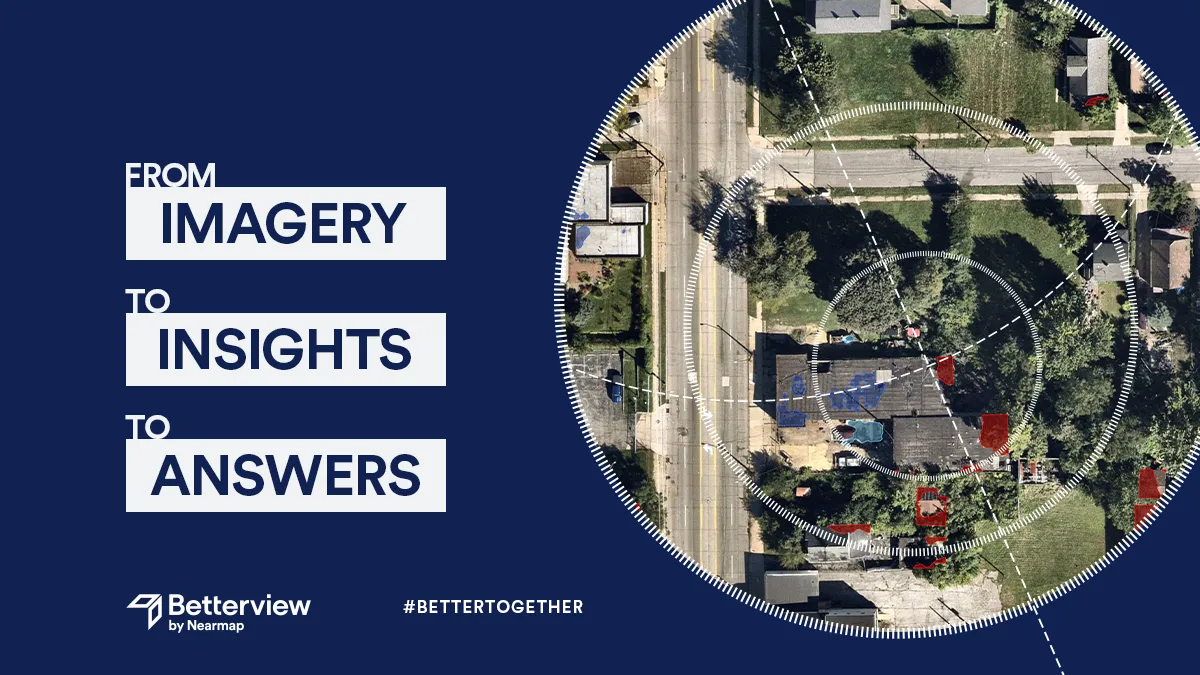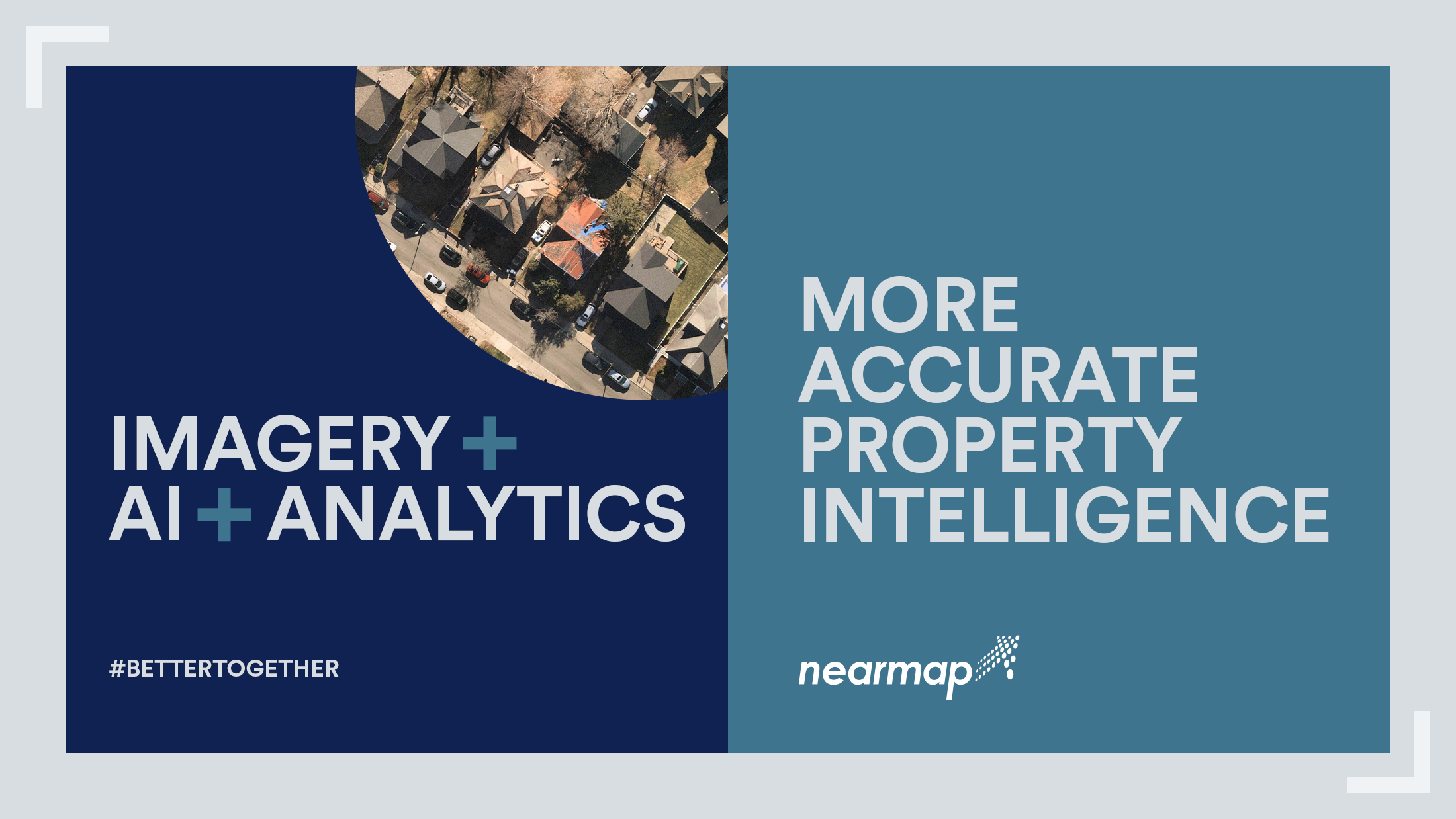How AI Can Keep P&C Insurers Profitable
How can P&C insurers remain profitable in 2024?

Artificial Intelligence (AI) has become increasingly important for modern P&C underwriters. AI tools and insights – particularly those which apply Computer Vision models to geospatial imagery – offer a dynamic new way to analyze and identify real property risk. While it may never replace the expertise of human underwriters, AI has an undeniable role to play in the future of P&C underwriting.
AI tools and insights, particularly those that leverage Machine Learning, Computer Vision, and geospatial imagery, have many diverse applications in the P&C insurance industry across the policy lifecycle. At the triage and quoting stage, AI can be useful in filtering the exorbitant amounts of data that insurers are currently bombarded with. In a 2020 article for The Institutes, Michael LaRocca of SwissRe identified this as an important application of AI within his organization. “The more efficient we can be the faster we can find information that is missing or suspicious. We can also review contracts with machine learning for block finding of keywords. That can help with claims processing,” he said.
Claims is another area where AI demonstrates great potential. McKinsey predicts that by 2030, more than 50% of claims activities will be automated with the use of AI. This will include advanced customer interactions based around AI, which resolve claims “in minutes rather than days or weeks.” It also implies the increased use of IoT and robotic devices to monitor risk, detect damage, and initiate the claims process more rapidly than a system relying solely on human intervention.
Underwriting is the area that has perhaps the most potential to be transformed by new AI tools and processes. A report from PwC in 2016 – well before the rise of some of the major players in the industry – identified several ways in which AI could improve efficiencies for underwriters. These included automating early-stage standard underwriting actions, as well as using more sophisticated data models to understand risk drivers. McKinsey went further, predicting that by 2030, “underwriting as we know it today [will cease] to exist.” According to McKinsey, a combination of machine learning and deep learning models, as well as big data gathered from IoT devices and other diverse sources, would turn classic underwriting into a lightning-fast, sub-minute process.
This prediction was made five years ago. Where is the industry now? Over the last half-decade, a number of AI-driven insurtech companies have arisen, including Betterview. AI tools have emerged to augment every stage of the policy lifecycle, from quoting, to inspections, to claims. But it is underwriters who should perhaps pay the most attention to advances in technology. Computer vision models can now analyze high-quality geospatial imagery for factors such as roof damage, defensible space, and other real risk drivers. This property intelligence allows underwriters to automate safe risks, while also zooming in on properties that need more attention. Underwriters can share this property intelligence with agents to provide transparent reasoning for pricing. They can even encourage policyholders to take proactive steps to mitigate risks, such as trimming trees or removing shrubbery if they are in a wildfire zone. When paired with an accessible user interface, AI insights have the potential to boost efficiency, and even to predict and prevent avoidable losses
As with any major technological advancement, of course, friction may arise between legacy systems and innovations. Experienced underwriters who have seen the rise and fall of many new trends, may be skeptical of the widespread use of AI tools. A 2020 article for Risk and Insurance identified some of the problems that insurers still have with implementing AI into their underwriting workflows. These include an aversion to solutionism. The article quotes Tony Fenton, vice president of commercial lines digitization at Nationwide, saying: “Technology needs to be useful, not just novel.” In addition, underwriters may be wary of adding another data stream to their workflows that, if not properly molded to their business needs, may lead to bottlenecks. In general, underwriters need to be convinced that new AI tools will help them do their jobs more efficiently, not just create more work.
With these critiques in mind, there are two components for companies to consider moving forward. First, those selling new technology need to make sure their tools are catered to the actual use cases of insurers. Second, they need to meet existing underwriters halfway, providing them with training to show them how new tools can help them to better perform their jobs. The goal of these companies should not be to replace human underwriters— human ingenuity and skill will always be the central driver of property underwriting. But by automating tedious tasks and adding more sophisticated data models and predictive analytics into existing workflows, AI can work side-by-side with underwriters. In this way, insurers can optimize their efficiency, predict and prevent future losses, and build a better customer experience. This is the promise of AI in underwriting.
Sources:
https://www.pwc.com/us/en/insurance/publications/assets/pwc-top-issues-artificial-intelligence.pdf
https://www.duckcreek.com/blog/how-ai-is-impacting-the-insurance-industry/
|
https://www.swissre.com/institute/research/sigma-research/sigma-2021-04.html |

How can P&C insurers remain profitable in 2024?

What does the Nearmap acquisition of Betterview mean for the insurance industry?

The insurance industry, and the technology that supports it, have seen significant change over the last few years. New technology continues to come...